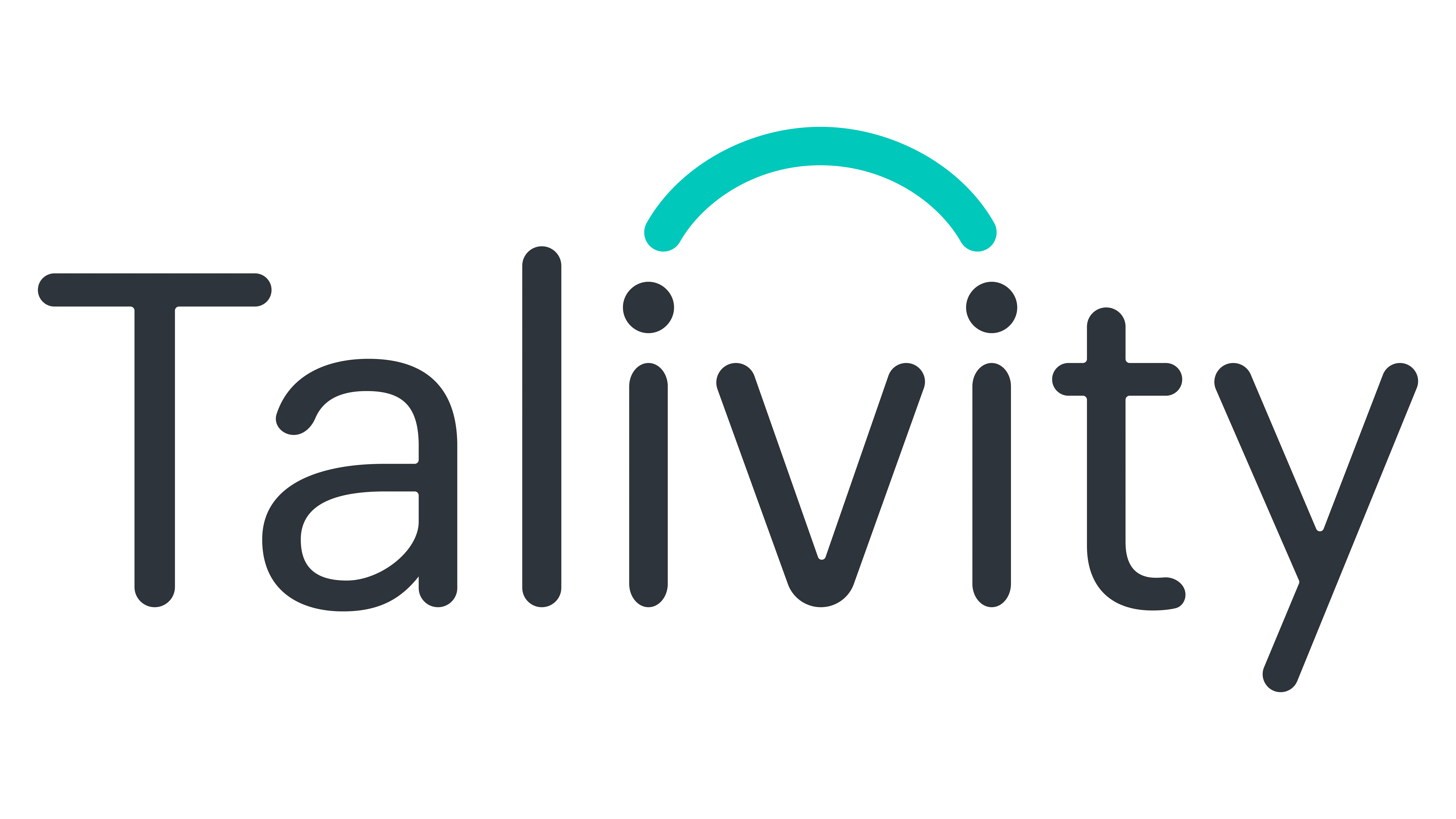Find the right solution for your business.
Explore SolutionsRecruiting the top 1% of performers isn’t just about casting a wide net—it’s about crafting the perfect lure.
The Event at a Glance
Every company is looking to hire the top 1% of performers—so much so that it can feel like hunting unicorns. At our recent “Hire Innovations” summit, industry leaders dissected this challenge with surgical precision and a dash of wit.
Meet the Speakers
- Katie Fortunato – President and Co-founder of Talivity
- Nicole Nigh – Executive Leader and Moderator
- Dan Lockhart – Recruiting Manager at SonderMind
- Robert Kowalski – CEO and Co-founder of Gyfted
- Mona Tawakali – Chief Strategy Officer of Recruitics
Watch the Full Discussion Here
Navigating the Tech Landscape with Tools and Tactics
Katie Fortunato kicked off the summit with a reality check: traditional recruitment methods are becoming obsolete faster than you can say “artificial intelligence.” What worked two years ago is now outdated, thanks to rapid technological advancements. She highlighted that 31% of practitioners struggle with attracting talent, and 28% have trouble reaching their ideal candidate profile. The culprit? An outdated approach that doesn’t match modern candidate behaviors.
Katie emphasized the need for radical transparency in employer branding. Sharing more than just salary ranges, companies should reveal their culture, challenges, and growth opportunities. “Your employees are already chatting about you on Glassdoor,” she noted. “You might as well control the narrative before it controls you.”
She also stressed the importance of ESG (Environmental, Social, and Governance) prioritization. The next-gen workforce isn’t just clocking in for a paycheck; they’re clocking in for a purpose. They want to know your company isn’t secretly plotting world domination—unless it’s the good kind. So, showcasing measurable impacts, not just empty promises, is key.
Empowering employee ambassadors was another crucial point. Your employees can be your best brand evangelists—or your worst critics. Equipping them with the tools and content to share authentic stories can make a significant difference. “If they’re not raving about you on LinkedIn, are you even a company?” Katie quipped.
Recommended Tools:
- Jamyr – For creating authentic employee-generated video content.
- Eightfold.AI – Leveraging AI for skills-based matching.
- Beamery & Yello – For talent segmentation and personalized engagement.
- CodeSignal & Arctic Shores – For gamified assessments.
- Recruitics – Optimizes advertising towards quality of hire at scale.
Panel Discussion Highlights: Wisdom from the Trenches
The summit shifted gears as Nicole Nigh led a dynamic panel discussion, delving deeper into the intricacies of hiring top talent.
Defining the Top 1%
Dan Lockhart painted a vivid picture of what top talent looks like in the startup world. “At startups, the top 1% aren’t just good at their jobs; they’re shaping the company culture daily,” he asserted. For Dan, it’s not just about skill sets. He seeks individuals who are gritty, tenacious, and humble. “The smartest people I know have their ego in check,” he added, emphasizing the importance of empathy and humility.
Robert Kowalski brought a different perspective, noting that the definition of top talent varies by industry. “The top 1% in software sales isn’t the same as in welding,” he remarked. However, he stressed a universal truth: “Attitude trumps skills. Skills can be taught; mindset can’t.” In an era where AI can teach hard skills, the right attitude becomes the differentiator.
Leveraging Data and Analytics
When identifying top performers, data is king. Robert highlighted the limitations of AI, especially regarding personality and cultural fit. “AI can’t tell you a candidate’s true personality or values,” he cautioned. Assessments focusing on adaptability, cultural fit, and motivation are crucial.
Mona Tawakali underscored the importance of defining what “quality” means for your organization. “Build personas and define who these people are,” she advised. With AI making it easier for candidates to apply en masse—sometimes without even reading the job description—assessments become invaluable in filtering out the best from the rest. She also mentioned the rising challenge of candidates using AI to game the application process, making assessments even more critical.
Aligning Corporate Culture
Authenticity was the buzzword here. Mona emphasized that candidates crave genuine insights into company culture. “They don’t want polished PR statements; they want to know what it’s actually like,” she said. She shared examples of companies that openly discuss their argumentative meeting styles, helping candidates self-select in or out.
Dan agreed, stressing the importance of transparency from the get-go. “You’re essentially getting married to this company by accepting the job,” he quipped. Discussing challenges and expectations upfront helps set the right tone and avoids unpleasant surprises down the line.
Retention Strategies
Retaining top talent is as crucial as hiring them. Dan highlighted the significance of regular check-ins beyond just performance metrics. “Weekly one-on-ones aren’t just for progress updates; they’re to understand the employee’s experience,” he explained.
Robert pointed out that onboarding plays a pivotal role in retention. “Onboarding isn’t a checkbox; it’s an experience,” he stated. A well-structured onboarding process makes new hires feel valued and sets them up for success.
Mona added that flexibility is a powerful retention tool. “Candidates value flexibility over compensation sometimes,” she noted. Offering remote work options or flexible hours can be a game-changer in keeping top talent engaged.
Navigating Regulatory Impacts
The panel also touched on the complexities of modern regulations. Dan urged companies to stay informed about laws affecting AI and recruitment. “Don’t bury your head in the sand about AI,” he warned. Understanding regulations like NYC’s Local Law 144 and California’s AB 2930 is essential to avoid legal pitfalls.
Robert shared that remote work has positively impacted diversity and inclusion more than any policy could. “Nothing has done as much good as remote work has for women and disabled employees,” he observed. Flexibility isn’t just a perk; it’s a competitive advantage.
Key Takeaways
- Flexibility is Gold – Offering flexibility isn’t just nice-to-have; it’s non-negotiable in attracting and retaining top talent.
- Data is Your Compass – Use metrics to guide your strategies, but remember the human element. Data can inform, but it can’t replace genuine human connection.
- Authenticity Attracts – Be real with candidates. Transparency and authenticity help attract those who truly align with your company culture.
Final Thoughts
Hiring the top 1% isn’t about casting a wider net; it’s about sharpening your spear. In the talent acquisition Hunger Games, may the odds be ever in your favor—but a solid strategy sure helps tilt them.

To continue reading our content, please provide your email below
By entering your email address you are subscribing to our free newsletter

